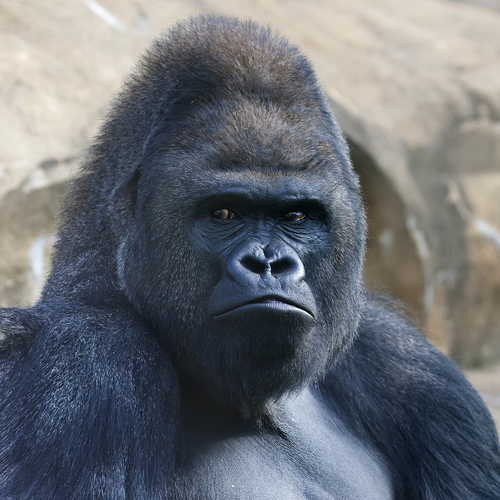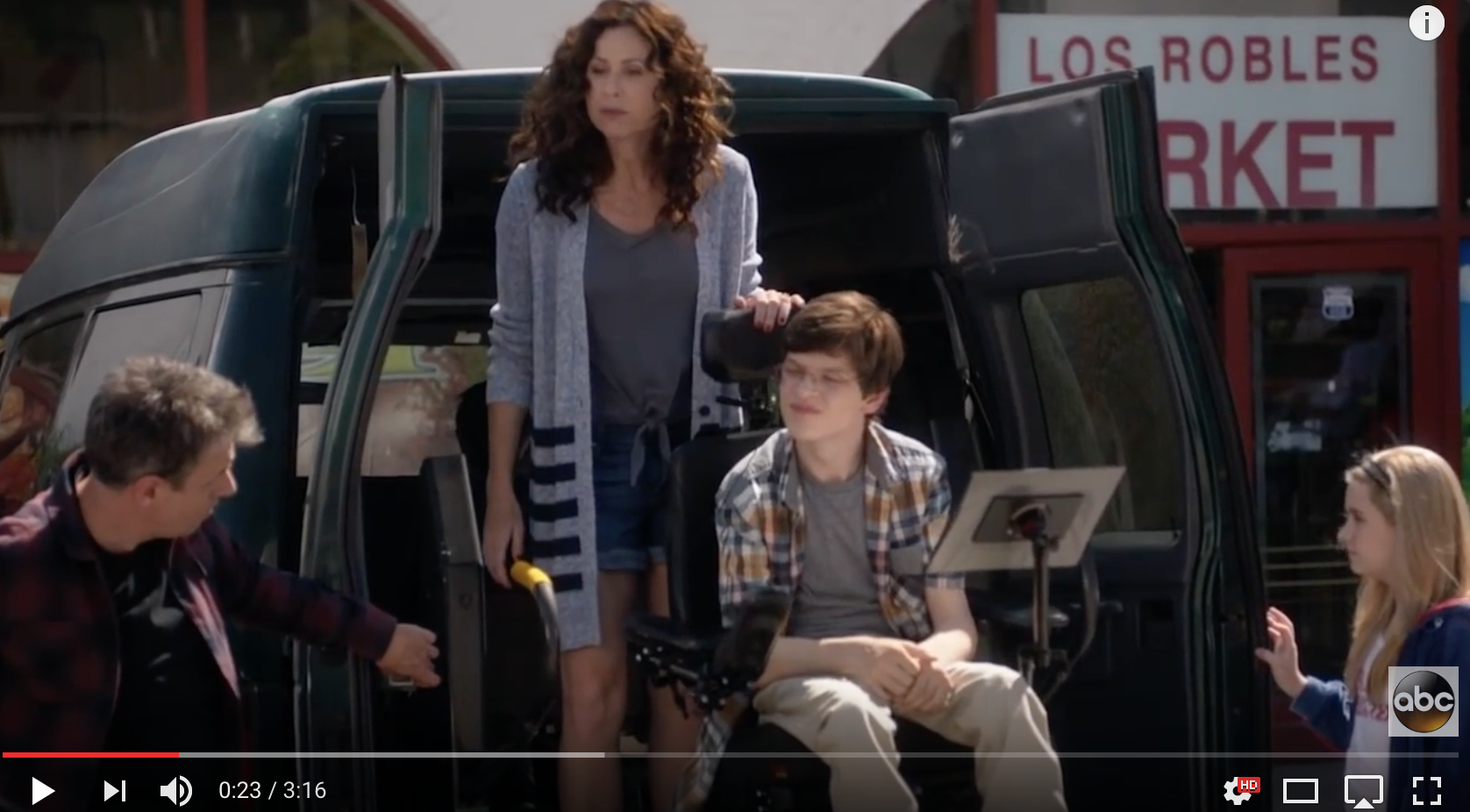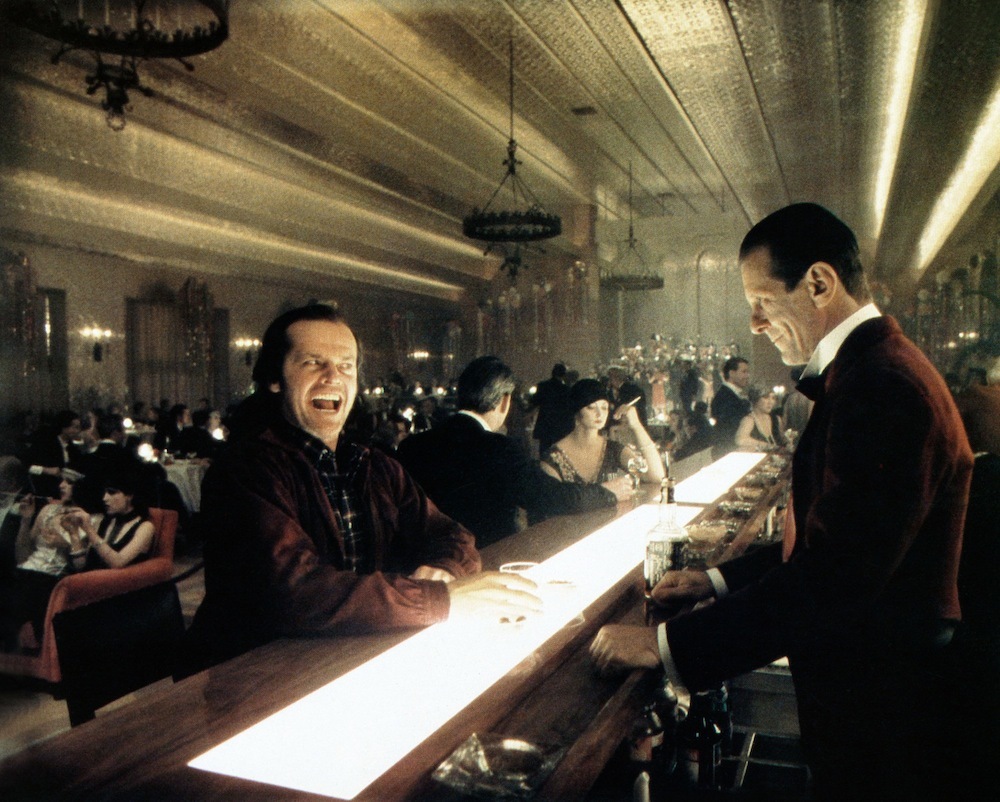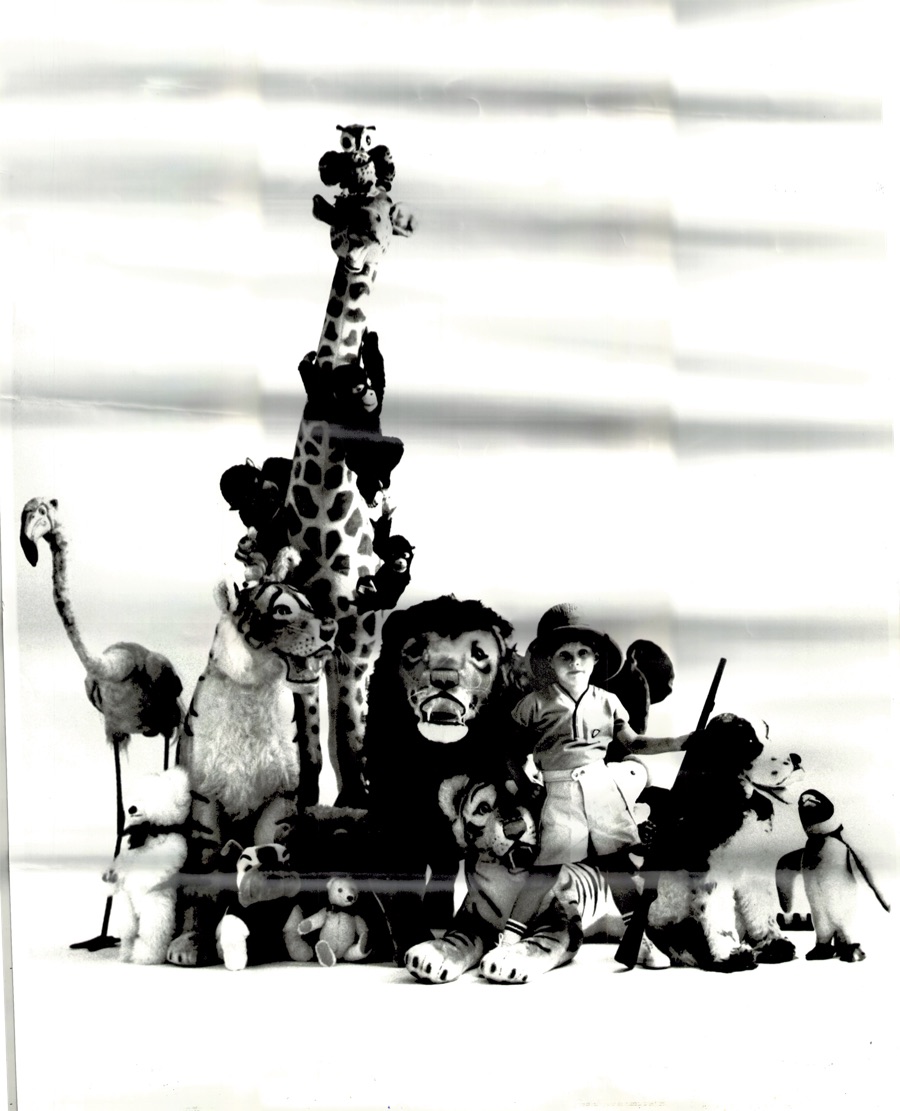Watching the presidential debates with Jane Goodall
September 25, 2016 • 8 Comments • Posted in blindness, Mike Knezovich, politics, public speaking, UncategorizedJournalist James Fallows has a piece in the current issue of Atlantic Monthly suggesting that Americans watch tomorrow’s presidential debate with the sound off.
Ah, that I could!

Mike tells me there’s something vaguely familiar in that expression.
In his article, Fallows argues that the things that really matter in political debates these days are all visual. He predicts that the upcoming presidential debates will simply be displays of dominance, and he quotes primate expert Jane Goodall saying Trump’s primary debates with the likes of Jeb Bush and Marco Rubio reminded her of primates establishing dominance in the wild. From the article:
“IN MANY WAYS the performances of Donald Trump remind me of male chimpanzees and their dominance rituals,” Jane Goodall, the anthropologist, told me shortly before Trump won the GOP nomination. “In order to impress rivals, males seeking to rise in the dominance hierarchy perform spectacular displays: stamping, slapping the ground, dragging branches, throwing rocks. The more vigorous and imaginative the display, the faster the individual is likely to rise in the hierarchy, and the longer he is likely to maintain that position.”
Fallows reported that in her book My Life With the Chimpanzees, Goodall told the story of a chimp named “Mike” who maintained his dominance by kicking a series of kerosene cans ahead of him as he moved down a road. The noise and confusion made his rivals flee and cower, she said, adding that she would be “thinking of Mike as she watched the upcoming debates.”
What a coincidence. So will I.



